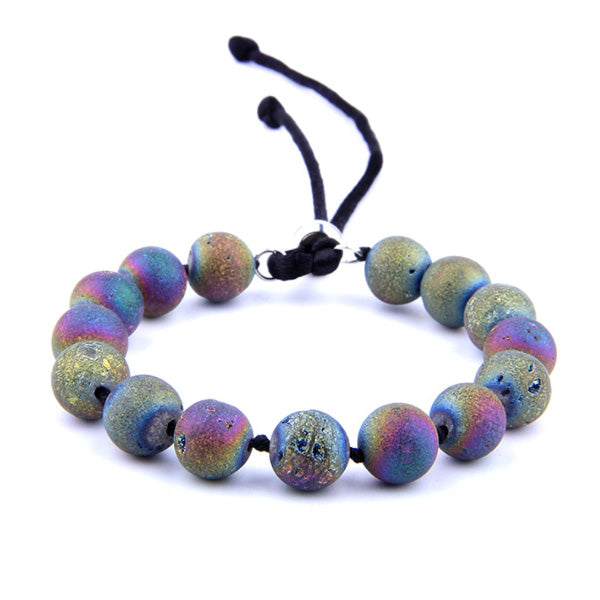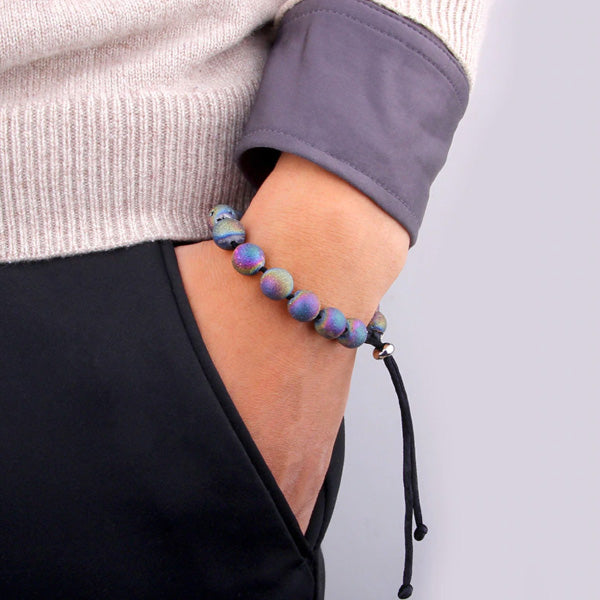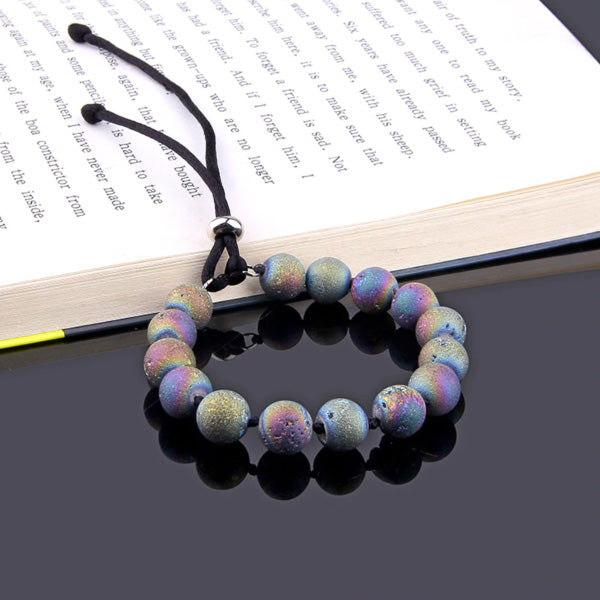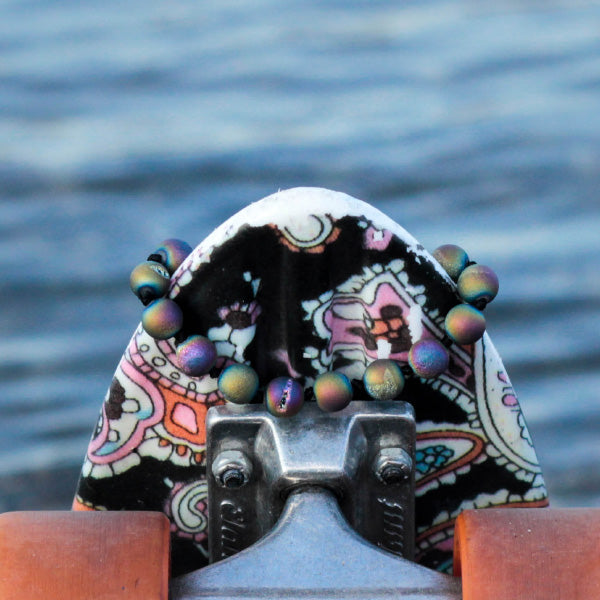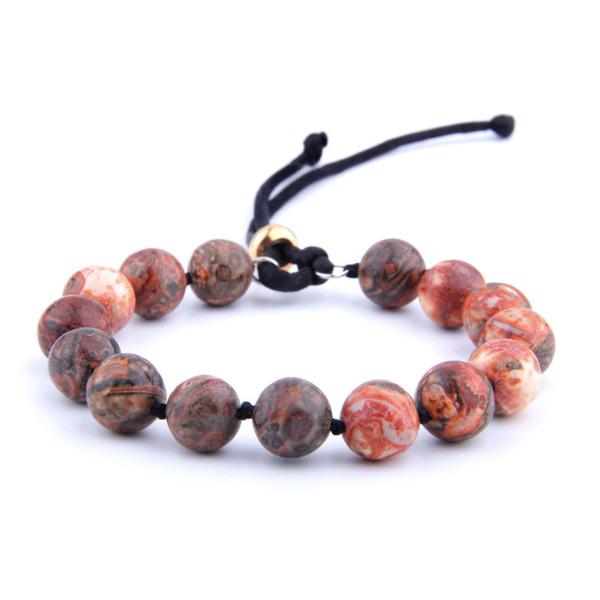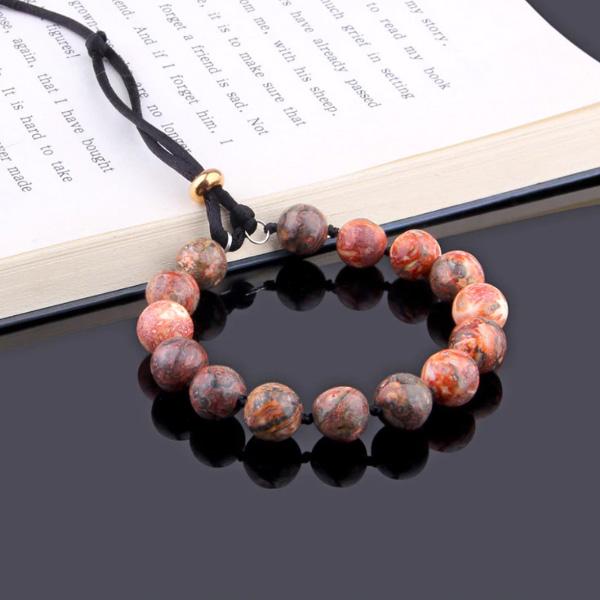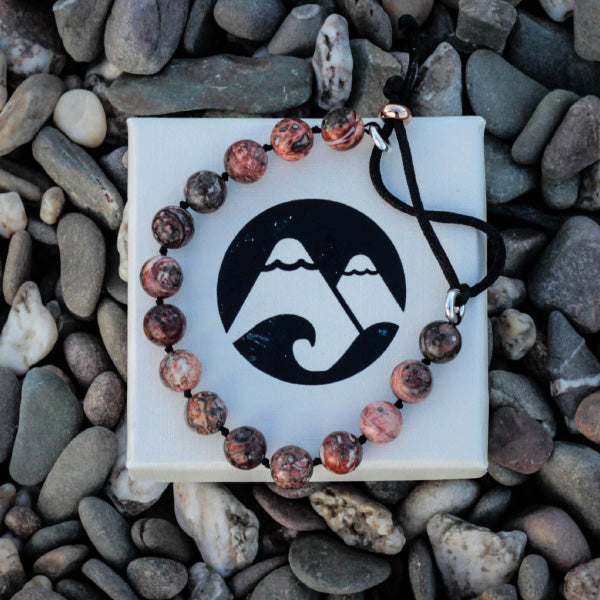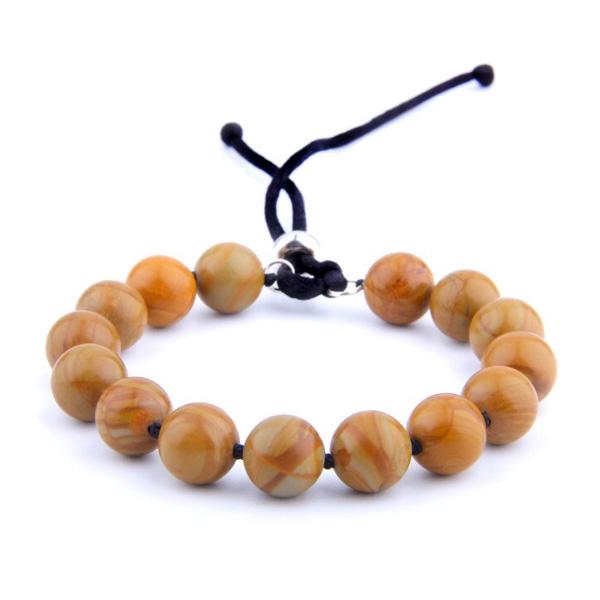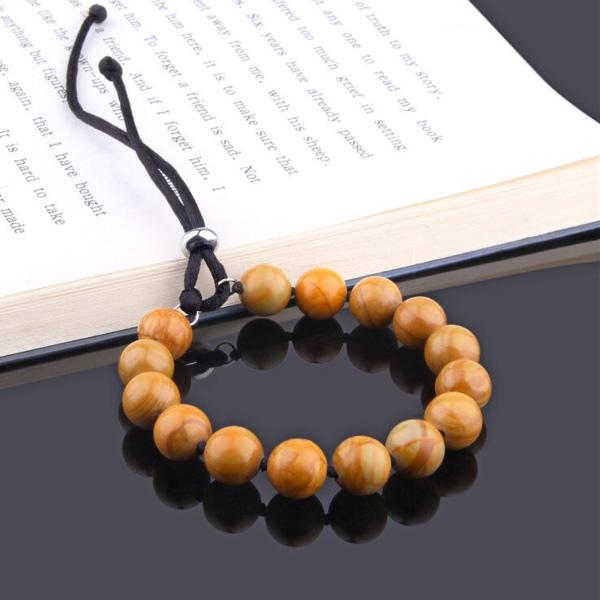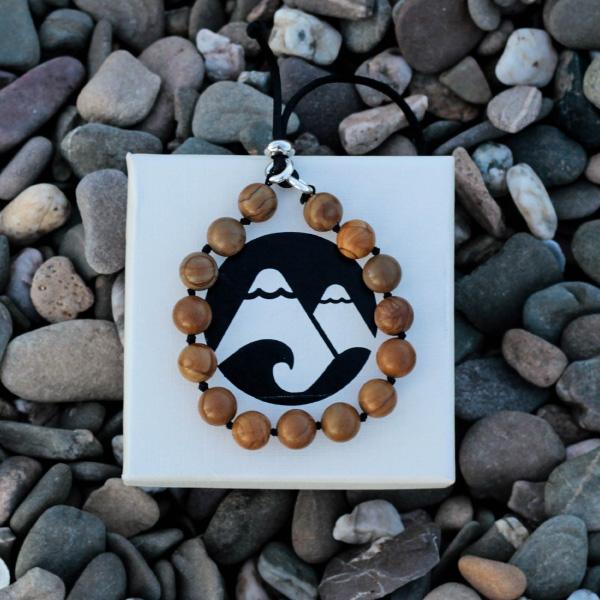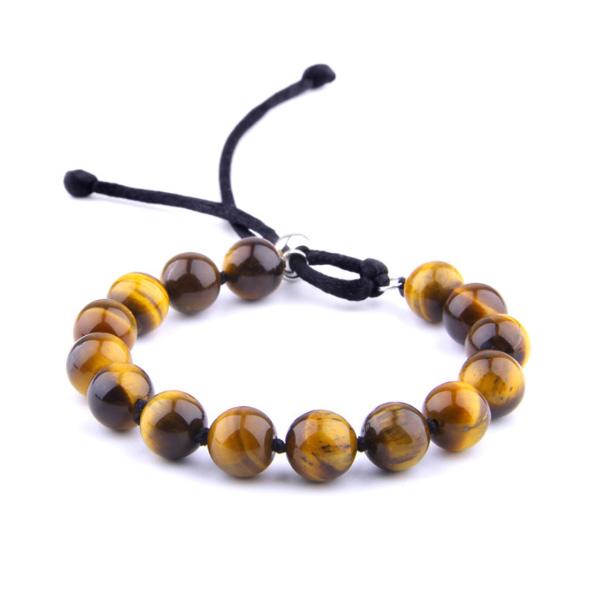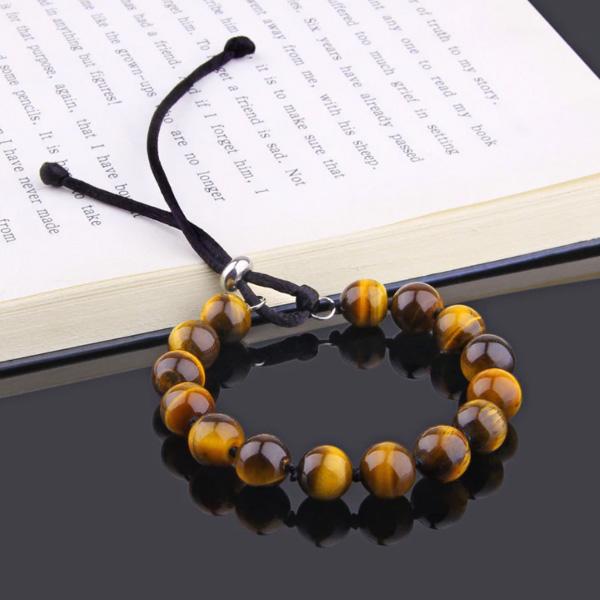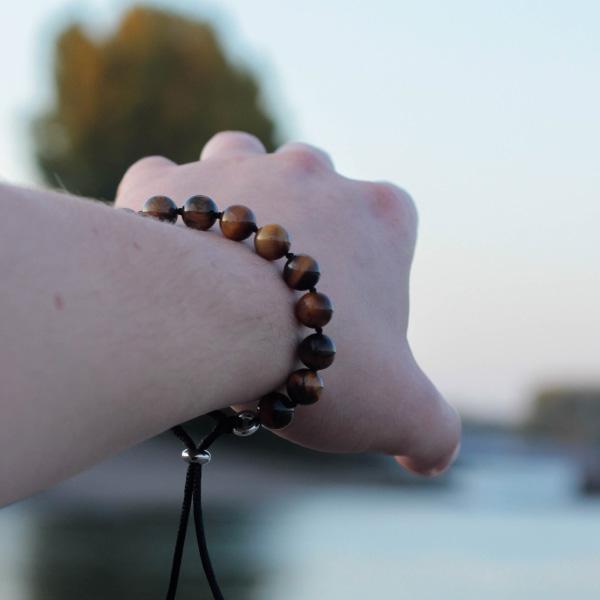10+ DIY Eco-Friendly Tips for Glass at Home
Glass is one of the few materials that are 100% recyclable. Even if other waste products can easily be removed: Sustainable packaging materials made from reusable glass, in particular, meet the highest climate protection requirements. Glass fills the term sustainability as packaging. Glass packaging also meets economic and social needs, and health protection also plays an important role.

Overview
Raw material from nature
Glass packaging such as bottles or glasses consists almost exclusively of raw materials that our nature has in store, and that is available in sufficient quantities. Also, transport routes are significantly shorter; the production has a reasonable price in your own country. Recycled glass, in particular, is increasingly used in the production of packaging.
In the meantime, recyclable glass has a share of around 60% in packaging production. Even after repeated use, glass can be recycled and filled without damage to its quality. More and more glass manufacturers are aware of their environmental responsibility and produce sustainably - not only in the packaging industry but also in the glass processing and finishing sector.
Last but not least, glass is the optimal coating for various filling goods, like food or even for plants on your wall. Sustainability combined with resource conservation has never been so much in focus as it is now. More and more consumers are relying on recyclable packaging materials - glass collects plus points in every aspect.
Fewer waste thanks to the reusable glass system
Glass is not only an environmentally friendly material due to the use of natural raw materials, but the reusable system also makes a decisive contribution to climate and environmental protection. Reusable packaging made of glass creates a significant contribution to reducing the mountains of rubbish because glass packaging can be recycled and refilled around 50 times. Reusable glass packaging is usable for approximately six years.
The ability to recover drastically reduces energy production costs. There are considerable energy costs for the production of new glass containers. Glass packaging does not absorb foreign matter and can be filled with food such as milk, juice, water, jam, fish, yoghurt or products from other industries.
Filling when using recyclable glass packaging also generates only low costs. Small and medium-sized companies in particular benefit from this, for which investments in take-back systems are too expensive. Customers can also use glass bottles or jars with screw caps several times, for example, by shopping in health food stores and filling the glass packaging with food such as pasta, sugar or coffee.
Health protection and more enjoyment
Glass packaging serves to protect the health, and the content is more enjoyable. A glass container does not change the taste or smell of the materials. Even substances from the environment cannot penetrate glass packaging.
Interactions that occur more frequently between the content and some plastics are excluded in glass packaging. Food in liquid or solid form does not lose vitamins, minerals and other nutrients in a glass container, but remains in its original form. Glass offers the perfect protection for all kinds of contents and is 100% watertight.
Another advantage, because in the case of mineral water or lemonade, for example, the carbon dioxide remains in the bottle, and vice versa, no harmful environmental influences penetrate from the outside. Reusable glass meets the highest demands for sustainable packaging that benefits people, animals and the environment.
More glass; more eco-efficient
Being more cautious pays off in the long run: Only one glass bottle instead of a plastic bottle a day means almost 100 less plastic bottles after 3 months.
By following this idea, you can even go beyond using more glass but also other eco-friendly alternatives. If you ask yourself what things in your household are damaging to the environment, we collected a precise list of what to look out for:
- Plastic bags
- Single-use utensils
- Single-use water bottles
- Disposable pads
- Cotton Swabs
- Disposable freezer bags
The solution: Make a lifelong investment in reuseable kitchen ware. Even if it is sometimes inevitable to avoid plastic wrapping while grocery shopping, try to be mindful about the things that could be harmful to your body.
If you want to check out more benefits and facts about the eco friendly option called glass, have a look here:
Our DIY eco-friendly recipes with glass
If you want to shop in an environmentally friendly way, pay attention to the packaging in which you take your groceries home. Because a lot ends up in the garbage afterwards, instead of plastic and disposable packaging, you tend to buy glass containers. If you ignore the glasses with a deposit, there are still many glasses left that go into the waste glass container.
When used only once, however, they perform particularly poorly in the life cycle assessment because the production of glass is very energy-intensive. However, the balance becomes better if the glass is used more often. For us, empty jars have become incredibly versatile helpers in the kitchen and household. We will show you our favourite screwed glass ideas in this post!
1. Serve in glasses
Are you expecting a lot of friends to eat and have no idea what to cook? You don't have enough dishes? Screw glasses, e.g. wide-necked pudding glasses, are well suited for serving soups or desserts. You only need to collect glasses for a while and have them ready for the next celebration.
2. Snow globe for children
Do you still know these plastic "snow globes", which contain figures and glitter and in which snow is found after shaking? Something like that can also be made without much plastic. Glue a small number with hot glue, e.g. from a Kinderüberraschung egg, or a sweet nut or other natural materials on the inside of the lid. Fill the screw-top jar with water and some glitter, or more naturally: some sand or seeds that you have at home. Close the glass and shake it. Let it snow.
3. Freeze food in a glass
If you want to avoid mountains of plastic boxes in the cupboard and the purchase of freezer bags, use simple screw-top jars to freeze.
4. Boil fruit into jam
Jam can be made quickly and easily by yourself. You only need a few ingredients for this. You will find plenty of fruit in the open in summer and autumn. A significant advantage of homemade jam: you know what's inside afterwards, and you can determine how much sugar is added. Alternatively, you can make jams without jam sugar.
5. Making juices
Many juices contain concentrates and far too much sugar. Juice production is quite simple. Juice bottles with screw or clip closures can be used again and again for this purpose. Sloe, sea buckthorn and cornelian juice are depicted here from left to right. A larger pot of fruit is needed, some sugar (more or less depending on the fruit) and resealable bottles.
I prefer wide-necked bottles because they are easier to clean and fill. Give fruits such as After the first frost, sloe into the pot and add some water. Make sure they don't burn. Let the fruit cook briefly and strain the seeds. Pour the juice into the bottles previously disinfected with boiling water and close them carefully. This process must be quick so that the liquid does not cool down too much and does not go mouldy later.
6. Baking muffins or casseroles in a glass
Muffin trays and disposable forms are superfluous purchases. Muffins can also be baked in glasses. They are heat-resistant and reusable. Whether sweet or savoury, they always succeed and are also ideal for on the go without crumbling.
7. Upcycling from glasses
With a little skill, you can tinker new tools from an old glass. For example, drinking glasses, flower vases or decorative lamps are practical and a lovely gift idea. Learn more reusable upcycling ideas in this video:
8. Pudding powder in stock
Pudding powder from the bag is such an everyday product that you don't even think about it. But it is not necessary to buy it ready. Pudding powder can be made quickly and inexpensively from just a few ingredients. Bottled in a screw-top jar, it is soon at hand, and you decide the flavour yourself. What type of pudding do you like? Chocolate, vanilla or rather exotic?
9. As a gift: cake/muffin mixture in a glass
You can now buy them everywhere: baking ingredients layered in a glass as a gift. But put more disposable glasses in circulation? Almost everything you need to make such a baking mix yourself is usually already at home. Find a cake recipe of your choice and layer all dry ingredients individually in a screw-top jar. Besides, write a list of which ingredients you have already filled in and which have to be added.
Finally, tie a lovely gift ribbon or other decoration around the glass and the birthday gift is ready (on the last pusher). If your friends are not big baking masters, you can bake a mini cake yourself in a disposable glass and give it away. Tip: In addition to cakes and Co., many other beautiful and useful things can be given away in a glass. Here you will find numerous ideas for gifts in a glass.
10. Candle in a glass for on the go or at home
Larger candles often leave a lot of wax residues that are too good to throw away. After a short time, especially in the dark season, so much candle wax accumulates that it is worth making new candles from it. The only thing you need for this is: an old pot, a wick from the craft store, a wooden stick, a clothespin and melted glass with the window open, the candle remains if possible sorted by colour until they have dissolved.
You hold the wick straight in the middle of the glass by wrapping one end around a stick and then placing it across the glass. The other end of the candle then hangs in the middle of the glass. Now pour the hot wax in and let it cool down. Then it's the next wax colour's turn. If you don't have any candle scraps at hand, you can alternatively make candles from vegetable oils.
11. Original storage system
Everyone knows how to store his muesli or flax seeds in a glass. But you don't always have enough space in the kitchen to put the glasses down. If you have a wooden shelf in the kitchen, you can screw different lids onto the rack from below, thus saving a lot of space on the shelf surface. To do this, screw the lids onto the shelf at the desired distance using three screws and turn the filled jars into the fitting lids. A real space miracle!
12. Tealight decoration in autumn
If you want to bring a pleasant autumn mood into the house, fasten some colourful leaves with bast around a screwed glass and put a tealight in it. First, stretch a rubber around the glass, then you can clamp the sheets underneath. Then wrap the bast around it and carefully remove the rubber.
If you press the leaves beforehand and iron on some wax, they will last longer without crumbling. The colour is also better preserved. If you want to do without tea lights, there are alternatives such as here. Do you have any other uses for jars?
What do you think of our tips? Did you learn something new or have anything else to add? Make sure to let us know in the comments. Stay eco-friendly, enlarge your green footprint.
